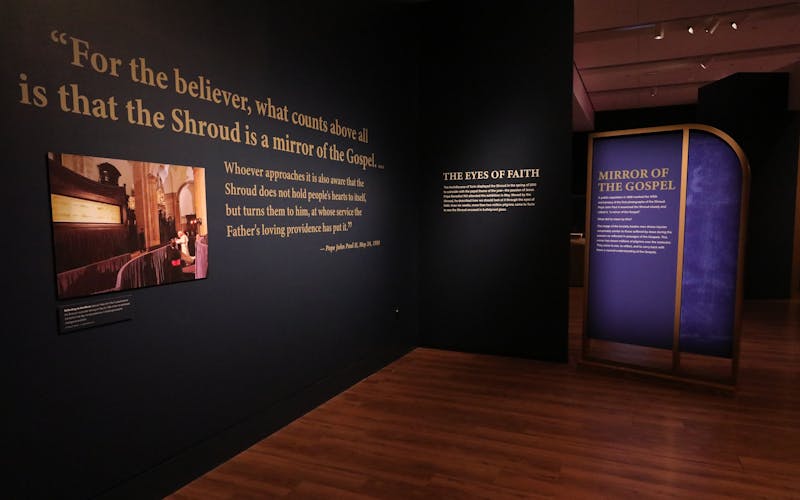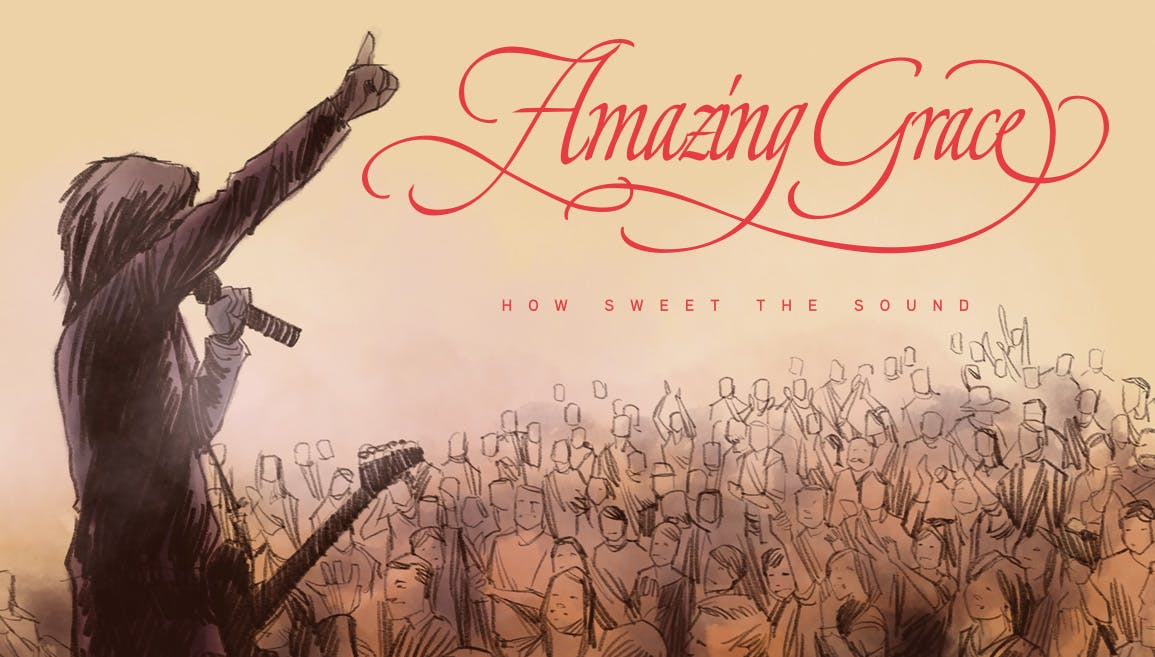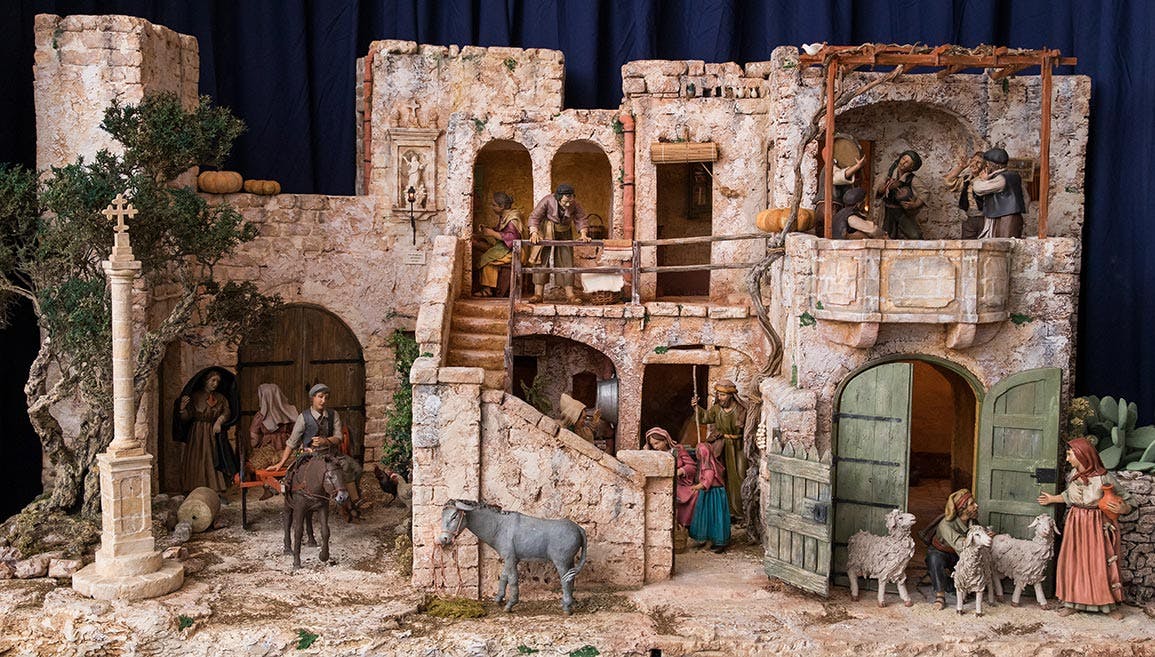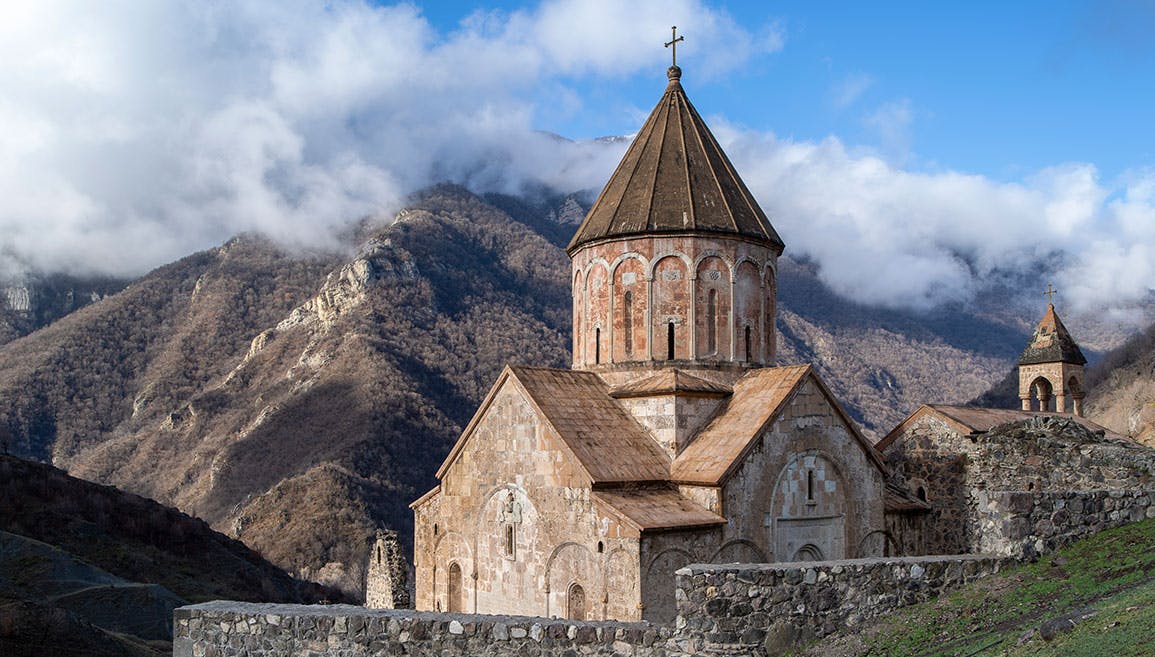The Making of Mystery & Faith: The Shroud of Turin

How do you have an exhibition about a famous artifact without the star of the show? A little more than two years ago, this was the challenge presented to me: curate an exhibition about the Shroud of Turin without the Shroud itself, which never leaves Italy. Now that the exhibition is open, visitors to Museum of the Bible can see for themselves how we did it.
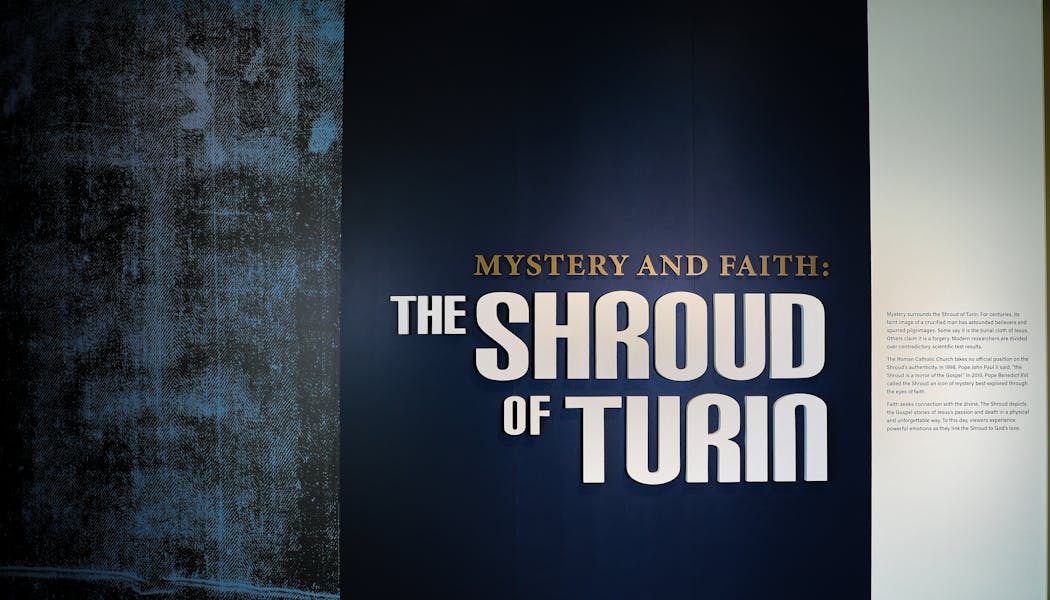
Figure 1: The title wall of the exhibit, Mystery & Faith: The Shroud of Turin.
For starters, I immersed myself in a fascinating series of primary sources in Latin and Old French assembled at the beginning of the twentieth century by Ulysse Chevalier, a French priest. I also studied the mesmerizing photos taken in 1978 by Vernon Miller and Barrie Schworz, who were part of the Shroud of Turin Research Project (STURP). I quickly learned that most information about the Shroud was either passionately for or against its authenticity. We needed a lens through which to view the Shroud and a way to present both sides.
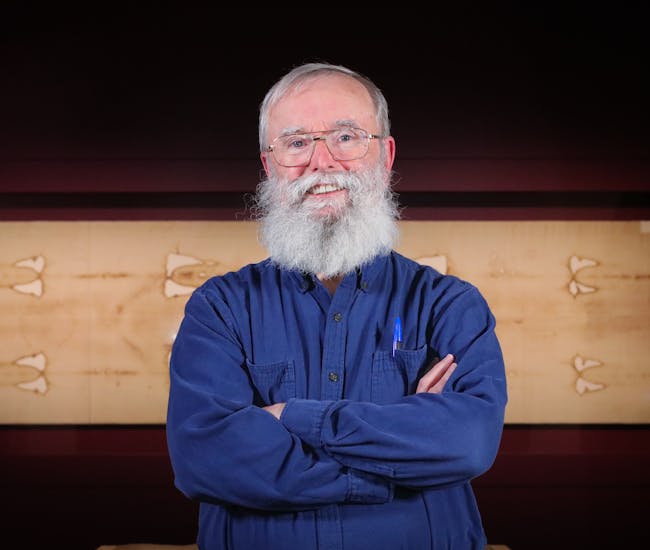
Figure 2: Curator Brian Hyland standing in front of the Shroud facsimile.
Reflections on the Shroud given by Pope John Paul II and Pope Benedict XVI provided the lens. John Paul called the Shroud, “a mirror of the Gospel,” while Benedict called it an “icon of Holy Saturday,” and said that through the eyes of faith, people can see in it “the light of the Resurrection.” It would be easy to show how the Shroud mirrors the Gospel, but how do you show people’s faith? The answer was to focus on pilgrimages, which for the purpose of the exhibition we defined as “faith in motion.” Millions of people have traveled to see the Shroud since its first recorded appearances beginning around 1354.
Figure 3: Exhibit section showing Pope John Paul II's quotation about the Shroud as a "mirror of the Gospel."
The next step was to write the five parts of the exhibition and to incorporate potential interactive experiences. I had never planned an exhibition as large as this, so I was extremely grateful to have an exceptional exhibit developer, Christy Wallover, as the project manager. She edited everything I wrote, served as a sounding board for ideas and contributed several of her own, and kept everything on track. In the end, it’s as much her exhibition as it is mine. Every section of the exhibit went through multiple drafts before we sent it to our editorial manager, Jared Wolfe, and our chief curatorial officer, Jeff Kloha, for final edits and approval.
The first section introduces guests to the Shroud and what a pilgrimage entailed through the centuries. Our software design team developed the interactive “Align the Shroud” for this section. Using a 3D scan of a statue of the “Man of the Shroud” and a photo of the Shroud taken in 1978, the team created an app that allows guests to see how the Shroud was wrapped to cover the body and face, thus forming the image on the Shroud.
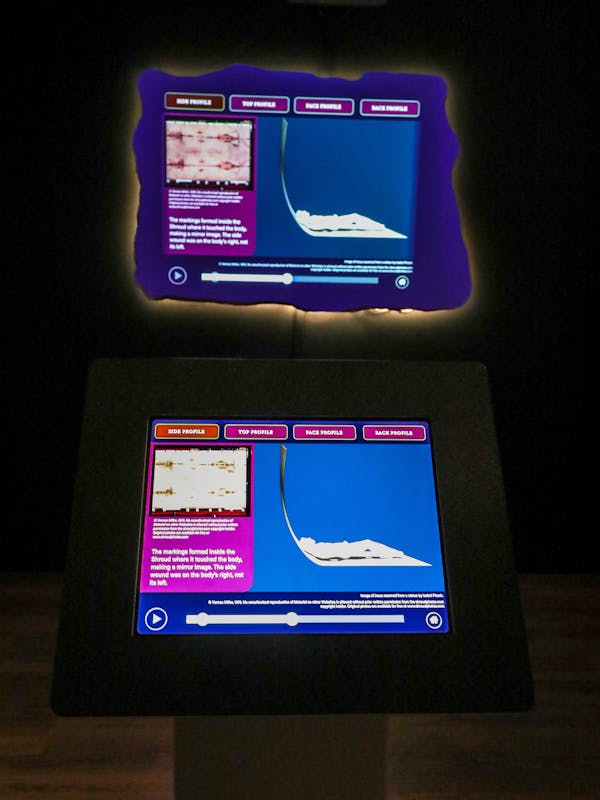
Figure 4: Exhibit interactive called, "Align the Shroud," where guests can see how the Shroud would have been wrapped around Jesus's body.
The second section shows how the Shroud mirrors the Gospel accounts. Arches intersect over an interactive table built by 3DPhotoWorks, a company that makes tactile images to allow blind and sight-impaired people to experience a work of art through touch. Embedded in the table are 26 sensors of two types. Touching one type activates a recording of a passage from the passion narratives in the Gospels corresponding to a wound visible on the Shroud. Touching the other type of sensor activates a recording that describes marks left by fire and water.
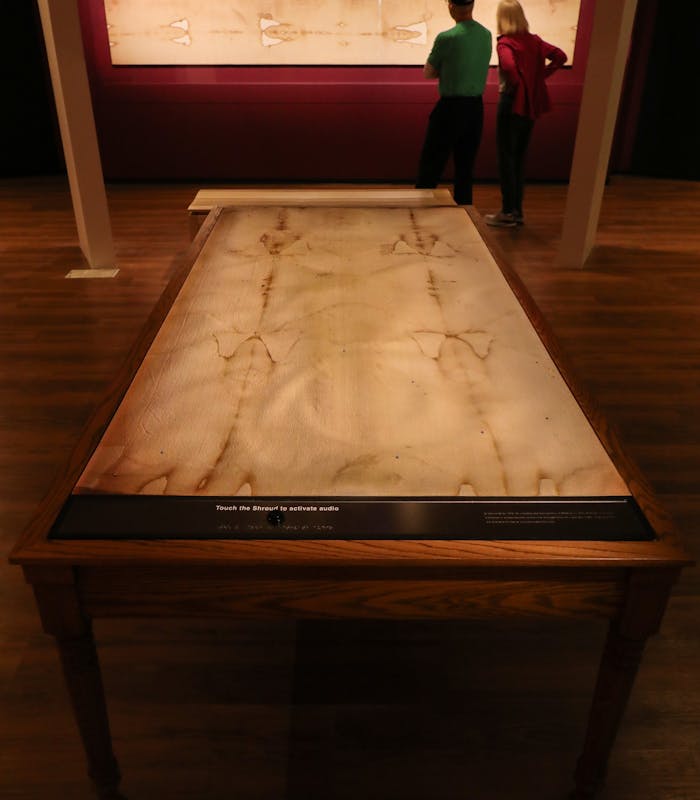
Figure 5: This tactile interactive lets guests match the marks on the Shroud to descriptions from the Gospels or to the historical events that caused them.
Nearby is an exceptional facsimile of the Shroud. An Italian company, Lino Val Gandino, made it from linen woven in the Shroud’s distinctive herringbone pattern and laser printed with a high-definition image of the Shroud. This extraordinary facsimile faithfully recreates the look of the genuine Shroud. The facsimile was a gift from Enrico Simonato at the Centro Internationale di Studi sulla Sindone in Turin. When the Shroud goes on public display in Turin, people wait in long lines to spend perhaps 90 seconds in front of it, but in our exhibition, people are free to study the Shroud facsimile for as long as they like.
Figure 6: A guest contemplates the facsimile of the Shroud made by Lino Val Gandino.
The third exhibit section investigates the history of the Shroud. Since the mid-fourteenth century, there have been just three sets of owners: the de Charny family, the House of Savoy, and the popes. Using text panels and interactive devices, guests can explore how each set of owners has used the Shroud differently. A separate section explores the hypothetical journey of the Shroud from first-century Jerusalem to fourteenth-century France. Guests can use one of two interactive timelines that give more information about the history of the Shroud, including a video of the 1997 fire that threatened to destroy it. Another interactive called a “magic book” uses digital animation to tell the story of how, in the summer of 1389, the archbishop of Troyes inveigled King Charles VI to have his bailiff seize the Shroud from St. Mary’s Church in Lirey. According to the sources, everything went wrong. As guests turn the pages, the story unfolds like something out of a Monty Python routine.
Figure 7: A segment of the video shown in the “Magic Book” showing the attempt of a lawyer to seize the Shroud at the request of King Charles VI and the archbishop of Troyes.
The fourth section opens with Secondo Pia’s 1898 photographs of the Shroud that demonstrated the unusual characteristics of the Shroud’s image. It functions like a photographic negative, so Pia’s negatives look like positive images, giving a more detailed picture of the Man of the Shroud. This began a century of lively scientific debate. Scientists using a VP8 image analyzer in 1976 showed that the image on the Shroud contains topographic data that can produce a 3D image. More scientific testing occurred in 1978 and in 1988 with conflicting results. The earlier tests suggested the image on the Shroud was not painted, but contained human blood, while the later radiocarbon dating placed the Shroud’s linen in the mid-fourteenth century, which corresponds to its first documented appearances. Three interactives in this section help to explain the science. One allows guests to take a selfie that produces a GIF that changes from positive to negative and back, which they can email to themselves. A second demonstrates how a VP8 works, while the third is an animation explaining the theory behind radiocarbon dating.
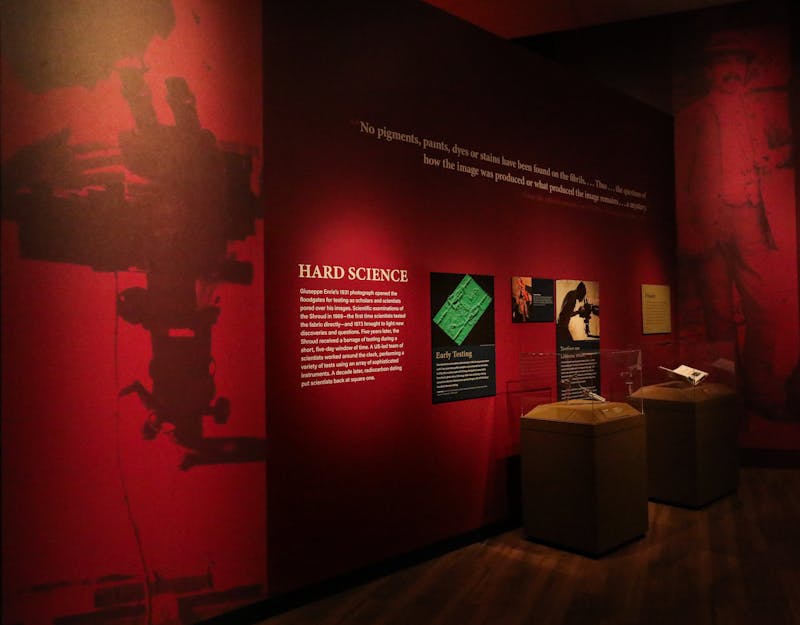
Figure 8: Exhibit section detailing the scientific tests conducted on the Shroud.
In the last section, guests can respond to the exhibition by answering questions on cards and hanging these on pegboards. While they write their responses, different colored lights shine on the wall in front of them. Each color highlights a different image on the wall—an engraving from 1613, the face from the Shroud, and words from Mark 8:29, “Who do you say I am?” Three responses to the question “What does the image on the Shroud of Turin mean to you?” highlight the impact the exhibition is having upon people:
“If the image on the Shroud is truly the image of Jesus, what an amazing thing for us all to see! To show the horrors and pain the Son of God went through just so we could be forgiven, the Shroud depicts this if it truly is the burial cloth. Should we have faith that the Shroud of Turin is the true burial cloth? That's up to you. I choose to believe it.”
“As an agnostic—it is truly incredible to see, read, and feel the weight such a significant symbol carries. Truly inspiring.”
“The image brings me peace. I do not need an image to believe but it is a tangible reflection of Faith. It is just beautiful.”
Figure 9: Guests reading and adding to the response cards at the end of the exhibit.
Mystery and Faith: The Shroud of Turin presents guests with the opportunity to encounter one of the world’s most famous images through sight, sound, and touch. Come to Museum of the Bible by July 31 to experience this mirror of the Gospel and see why through the centuries millions of pilgrims have looked upon it with eyes of faith.
By Brian Hyland, Associate Curator of Manuscripts
